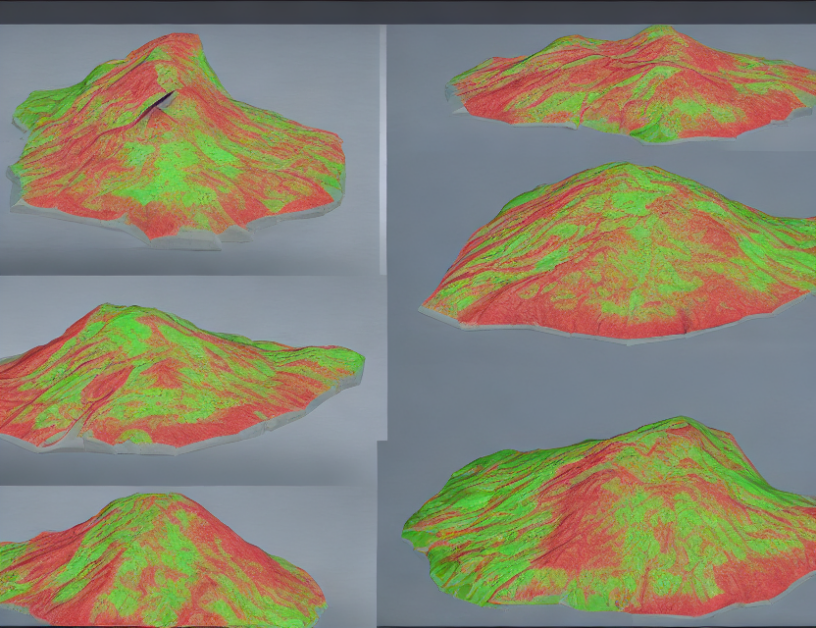Decomposition is like unwrapping a present – you start with a complex object, and through various steps, you reveal its underlying structure. In the context of tomography, decomposition refers to breaking down an image into simpler components, which helps improve image quality and reduce noise. This article will explore how decomposition works in tomographic reconstruction and the different methods used to achieve optimal results.
Decomposition in Tomography
Tomography is a technique used to reconstruct images of internal structures without direct visibility. It involves taking multiple X-ray projections from different angles, which are then combined to form an image. However, this process can be challenging when dealing with complex objects or large samples. Decomposition comes into play here by breaking down the image into simpler components, making it easier to reconstruct and improve image quality.
Geometric Consistency
One of the key requirements for decomposition in tomography is geometric consistency. This means that the projections must be aligned properly to ensure accurate reconstruction. Think of it like aligning pieces of a jigsaw puzzle – if they don’t fit, you won’t get a clear image. Geometric consistency is crucial for producing high-quality images and avoiding errors in the reconstruction process.
Methods for Decomposition
Several methods have been proposed to achieve decomposition in tomography, including iterative methods based on statistical models and nonlinear optimizations. These methods effectively improve image quality by incorporating prior information or establishing approximate models. Think of it like cooking a recipe – you might need to adjust the amounts of different ingredients to get the perfect taste and texture. By using these methods, researchers can refine their tomographic reconstruction techniques to produce higher-quality images.
Statistical Decomposition
Statistical decomposition is like separating a mix of flavors into distinct layers. In this method, the image is broken down into different components based on statistical properties, such as intensity or texture. This approach can be particularly useful when dealing with complex samples or multiple structures within the object. By isolating these components, researchers can better understand the underlying structure and improve image quality.
Algebraic Decomposition
Algebraic decomposition is like solving a complex equation – you break it down into simpler parts that you can easily handle. In this method, the image is broken down using algebraic techniques, such as linear or nonlinear transformations. This approach can be useful for reconstructing images with multiple structures or objects within the sample. By applying these transformations, researchers can isolate specific features and improve image quality.
Conclusion
Decomposition in tomography is a crucial step towards producing high-quality images. By breaking down complex images into simpler components, researchers can better understand the underlying structure and improve image quality. There are various methods available for decomposition, including statistical and algebraic techniques. By choosing the appropriate method and applying it correctly, researchers can produce accurate and detailed images of internal structures. This technology has numerous applications in fields such as medicine, materials science, and archaeology, making it an essential tool for understanding complex samples and objects.



